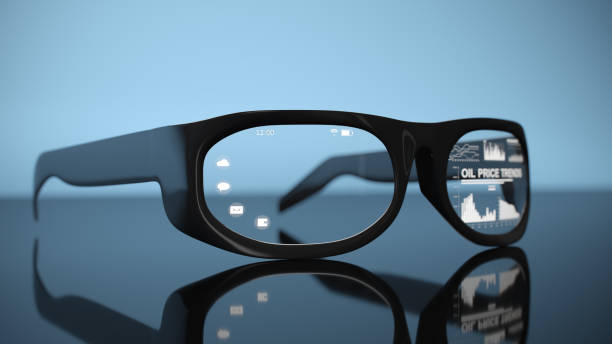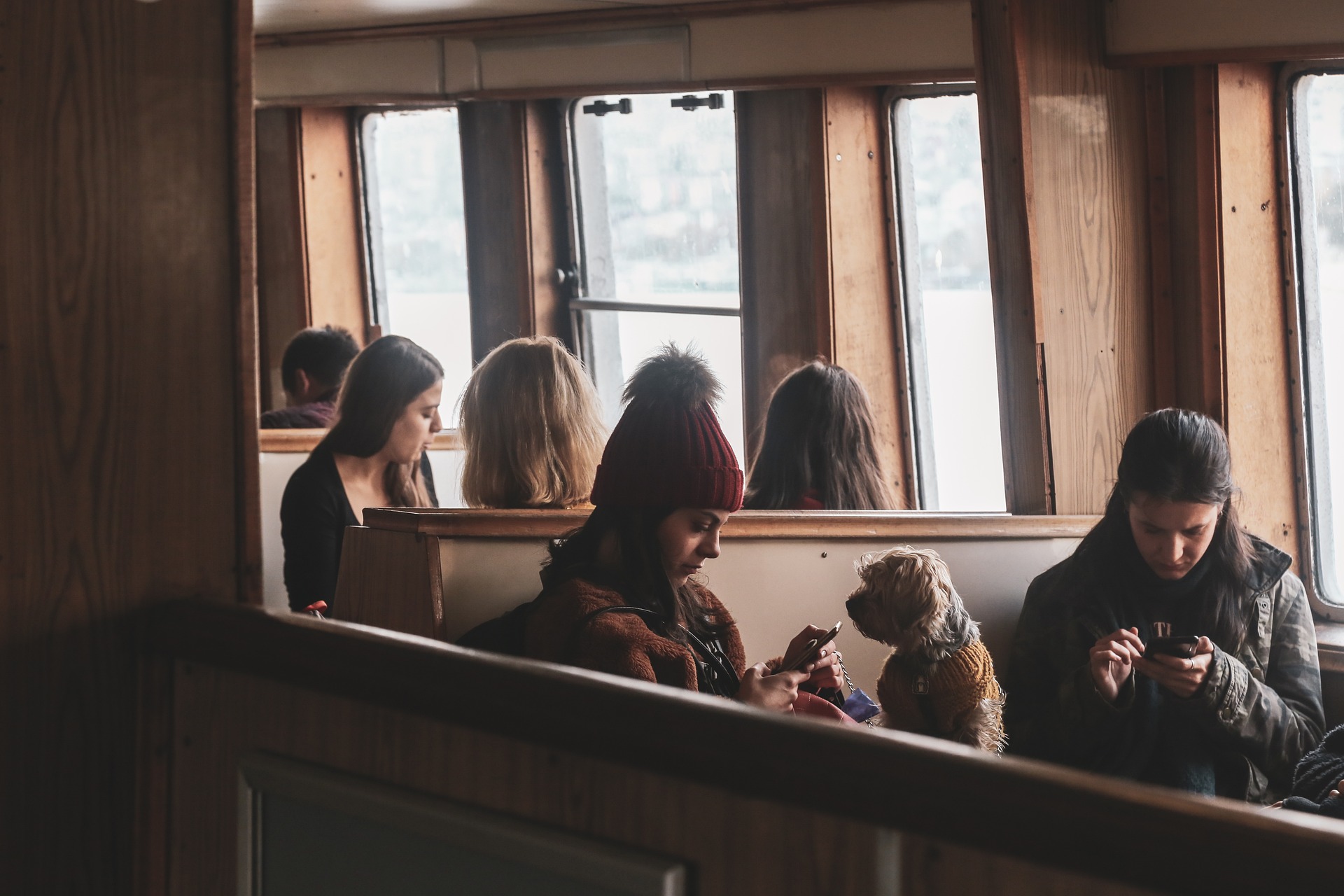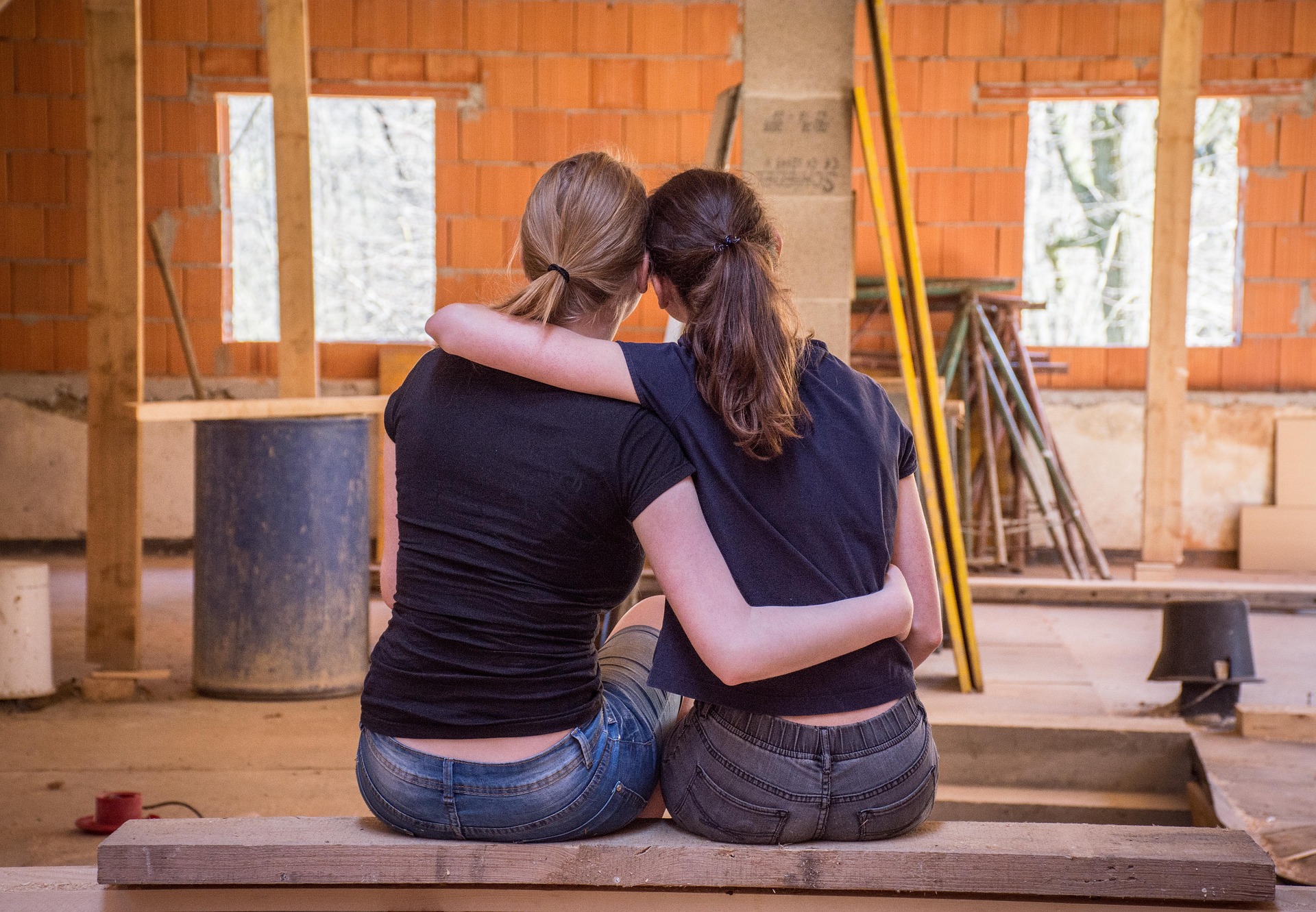Visual Poetry: The Artistry of Cinematic Storyboarding
The process of cinematic storyboarding, often overlooked, is a cornerstone in the creation of our favorite films. As an art form in its own right, it combines visual aesthetics and narrative storytelling, shaping the vision and direction of a film. This article explores the historical context, current trends, and the significant impact of storyboarding in the movie industry.

A Historical Sketch of Storyboarding
The concept of storyboarding originated within the animation department of Walt Disney Studios during the early 1930s. Creators needed a visual roadmap to guide the intricate process of animating characters and scenes. This technique allowed them to organize their ideas and visualize the narrative flow, paving the way for iconic films like Snow White and the Seven Dwarfs.
Storyboarding in the Modern Film Industry
Even in the digital age, storyboarding remains a critical component of pre-production in both animation and live-action filmmaking. It offers a shared visual language, bridging the gap between the director’s vision and the practical execution. Recent developments include the adoption of digital tools and software, making the process more efficient and collaborative.
The Impact: From Vision to Reality
Storyboarding has significantly shaped the film industry. It facilitates communication, reduces production costs, and enhances the creative process. Its influence is evident in the visual storytelling of renowned directors like Alfred Hitchcock and Steven Spielberg, who meticulously storyboarded their films to create their distinctive cinematic style.
Notable Trends and Innovations
As technology advances, so does the process of storyboarding. Virtual reality (VR) is emerging as a powerful tool, allowing creators to navigate and interact with their storyboard in a three-dimensional space. This technological leap provides an immersive perspective, revolutionizing the way filmmakers plan and visualize their scenes.
The Art of Storyboarding: A Unique Blend
Storyboarding is more than a tool; it is an art form, requiring a unique blend of artistic talent and narrative understanding. Storyboard artists, the unsung heroes of the film industry, possess the ability to translate concepts into vivid illustrations, effectively setting the stage for the movie magic we all enjoy.
In conclusion, the art of cinematic storyboarding is a testament to the power of visual storytelling. Its historical roots, current applications, and future developments continue to shape the landscape of the film industry, underscoring its enduring impact and significance.





